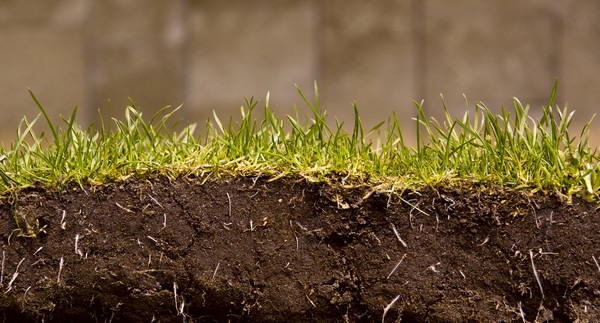Alltech Crop Science (ACS) recognises that a healthy and living soil is fundamental for plants to reach their fullest genetic potential and for successful crop production. Founded in 1994, the crop science division of global nutrition company Alltech has focused its research and innovation on the knowledge and understanding of the microbial world beneath our feet. ACS is dedicated to bringing innovative solutions that foster the development of beneficial soil microbes that assist in the breakdown of residual plant material, increase the availability of nutrients and enhance root growth. ACS soil technologies aid in plant development and improve growth, thus assisting farmers in optimising their crops’ performance.

“A healthy, well-balanced soil is rich in organic matter, increasing the nutrients available for the plants,” explained Nicolas Body, European technical manager for ACS. “When plants are able to better develop their secondary, fine roots, they can increase the absorption of those nutrients and minerals available on the soil. These plants will grow stronger, healthier and more productive.”
Increase soil organic matter
Between the animals, like worms and insects, and the millions of microbes that make their homes in the ground, healthy soil is teeming with life. Each of these creatures plays a role in nutrient cycling, which is the process of breaking down crop residue, such as corn stubble, and degrading it into organic matter in the soil. Once the breakdown process is complete, the nutrients then become available for use by the plants. When plants use the nutrients that are available in the soil, growers can begin using more specific additives and fertilisers instead of deploying widespread ‘just in case’ spraying.
Minimise tillage
Tilling can damage the soil environment and should only be used to improve problem areas, for instance, where the soil is compacted or where drainage issues are profoundly impacting the fields. Tilling can also increase the number of weeds in a field by bringing them to the surface, where they can germinate and grow. These weeds will compete with the intended crop for nutrients and take over precious field space, potentially decreasing crop yields. By putting the crop residues under the soil, deep tillage is also providing a good mineralisation, as the microbes in the soil responsible for the breakdown of organic molecules typically live in the top few centimetres.
Keep the surface of the soil covered
Using cover crops has become increasingly popular, and for a good reason. Not only do cover crops offer another opportunity for growers to improve their soil makeup, since their use increases the availability of nutrients like nitrogen in the soil, but they also significantly reduce the likelihood of soil erosion. When fields are kept uncovered after harvest and during the winter, they become susceptible to erosion from wind and rain, which leaves the grower a step behind in building a healthy foundation for springtime crops. Cover crops are also a useful tool for managing weeds and some pest- and soil-borne diseases.
Rotate crops
The type and amount of nutrients used by plants will vary depending on which crop is being grown. Different crops will also increase the availability of different nutrients, which can be used by the crops that follow. Crop rotation also plays a part in preventing soil erosion. Not only does the field remain covered, but as each crop’s roots grow to varying lengths, they will hold onto the soil at different depths throughout the seasons, maintaining stability against heavier rains and winds.
For the full release and more information visit go.alltech.com/your-crop-science-partner.
